Two identies conducting very large plates P1 and P2 having charges +4Q and +6Q are placed very closed to each other at separation d .The plate area of either face of the plate is A.the potential difference between plates P1 and P2 is

VP1−VP2=QdAε0
VP1−VP2=−QdAε0
VP1−VP2=5QdAε0
VP1−VP2=−5QdAε0
The correct Answer is:2
VP1−VP2=−QεoA/d
Topper's Solved these Questions
- BOOK - NARAYNACHAPTER - ELECTROSTATICS AND GAUSS LAWEXERCISE - Level III (C.W)55videos
ELECTROSTATICS AND GAUSS LAW
- BOOK - NARAYNACHAPTER - ELECTROSTATICS AND GAUSS LAWEXERCISE - Level 18videos
ELECTROSTATICS AND GAUSS LAW
- BOOK - NARAYNACHAPTER - ELECTROSTATICS AND GAUSS LAWEXERCISE - Level 1(C.W)24videos
ELECTROSTATICS AND GAUSS LAW
- BOOK - NARAYNACHAPTER - ELECTROSTATIC POTENTIAL AND CAPACITANCEEXERCISE - ADDITIONAL PROBLEMS14videos
ELECTROSTATIC POTENTIAL AND CAPACITANCE
- BOOK - NARAYNACHAPTER - EXPERIMENTAL PHYSICSEXERCISE - Comprehension type6videos
EXPERIMENTAL PHYSICS
Similar Questions
Four parallel large plates separated by equal distance d are arranged as shown in. The area of the plates is S Find the potential differnce between plats BandC if plate B is given a charge Q.
 .View Solution
.View SolutionCharges 2q and −3q are given to two identical metal plates of area of cross section A. the distance between the plates is d. Find the capacitance and potential difference between the plates.
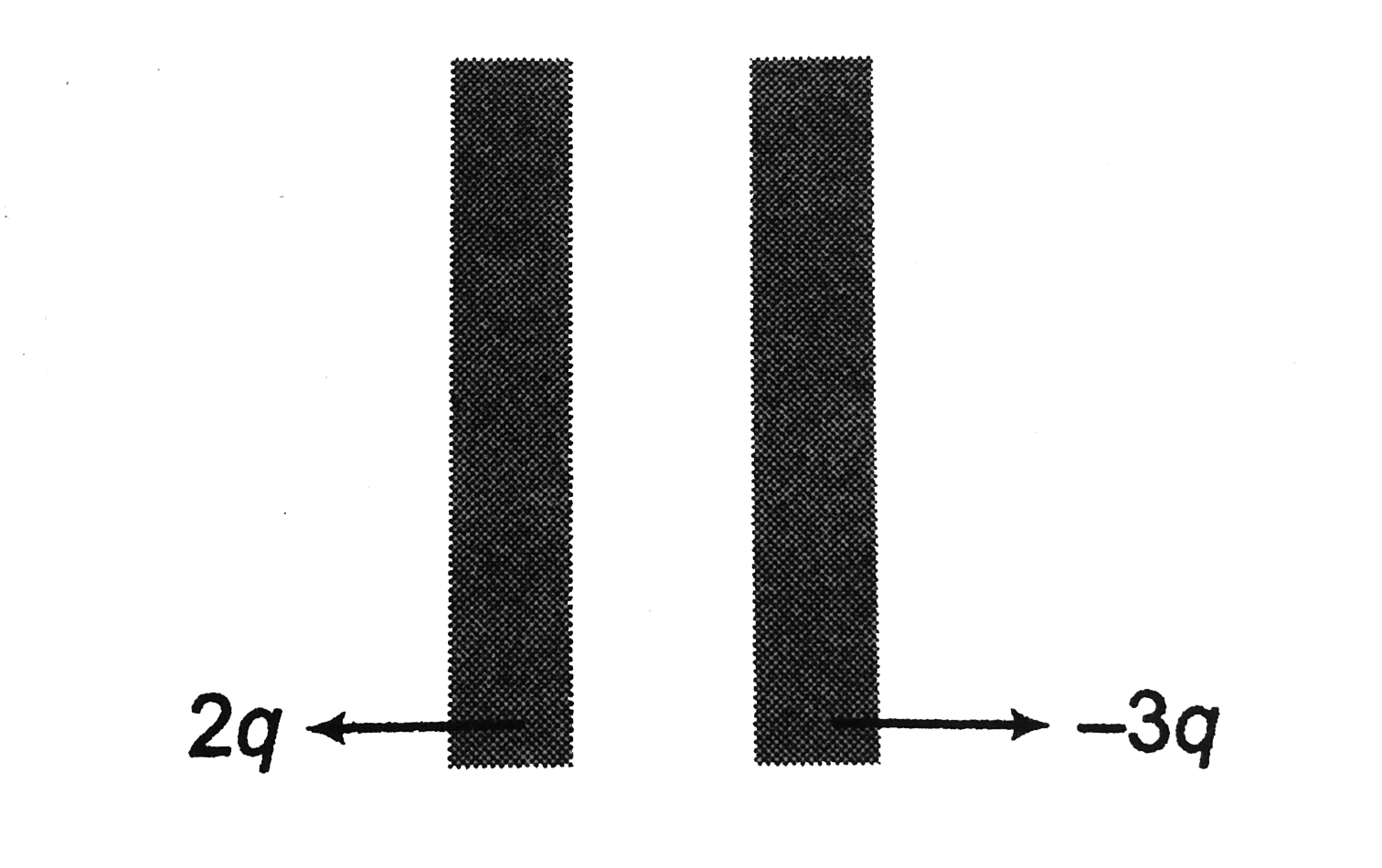 View Solution
View Solution
Knowledge Check
- Question 1 - Select One
Two identical conducting very large plates P1andP2 having charges +4Qand+6Q are placed very closed to each other at separation d. The plate area of either face of the plate is A. The potential difference between plates P1andP2 is
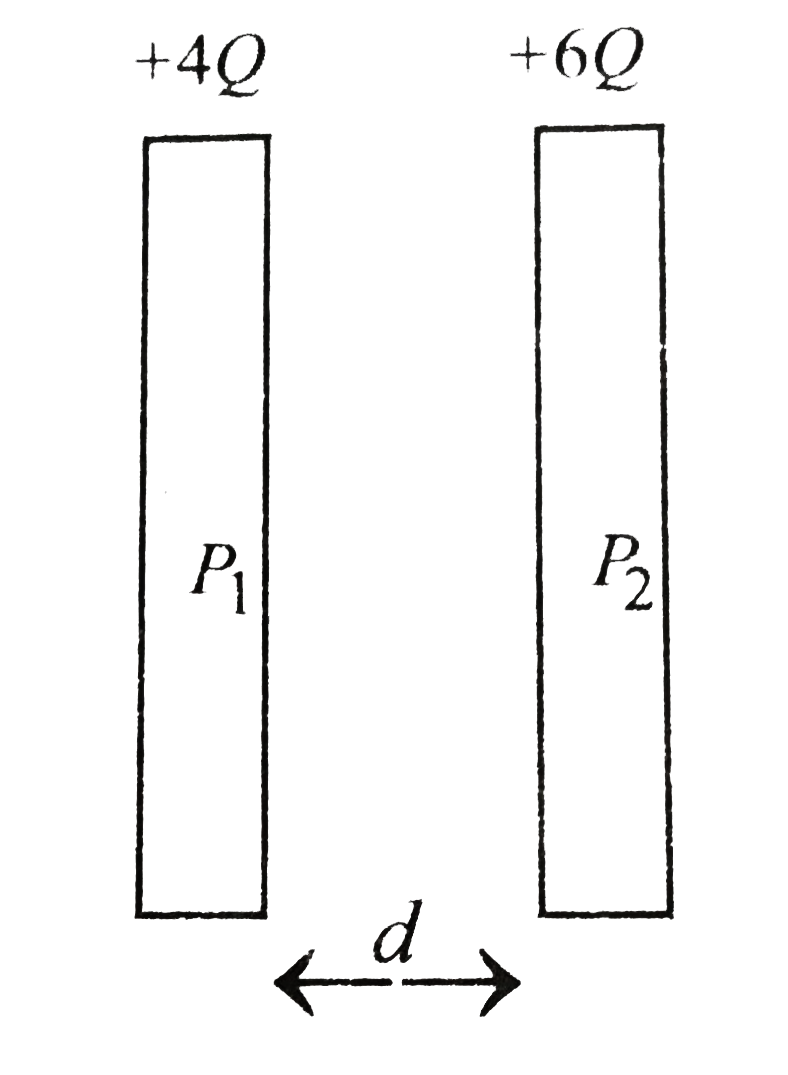 AVP1−VP2=QdAε0BVP1−VP2=−QdAε0CVP1−VP2=5QdAε0DVP1−VP2=−5QdAε0
AVP1−VP2=QdAε0BVP1−VP2=−QdAε0CVP1−VP2=5QdAε0DVP1−VP2=−5QdAε0 - Question 2 - Select One
Two conducting large plates P1&P2 are placed parallel to each other at very small seperation 'd'. The plate area of either face of plate is A. A charge +2Q is given to plate P1 & -Q to the plate P2 (neglect ends effects). If plate P1&P2 are now connected by conducting wire, then total amount of heat produced is
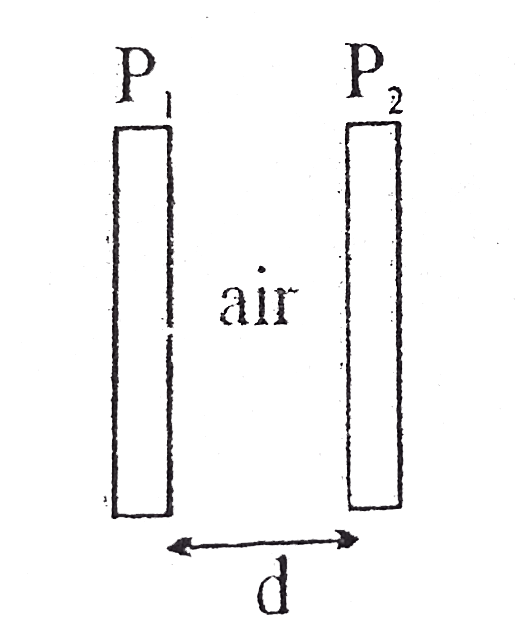 A4Q2d3∈0AB9Q2d8∈0AC3Q2d8∈0ADNone of these
A4Q2d3∈0AB9Q2d8∈0AC3Q2d8∈0ADNone of these - Question 3 - Select One
In an isolated parallel plate capacitor of capacitance C, the plates have charge Q1 and Q2. The potential difference between the plates is
AQ1+Q22CBQ1−Q22CCQ12CD−Q22C
Find the charge on each plate given area of each plate is A and separation between two consecutive plates is d.
 View Solution
View Solutionshows two metallic plates A and B placed
. parallel to each other at a separaton d. A uniform
. electric field E exists between the plates in the direction
. from plate B to plate A. Find the potential difference
. between the plates.
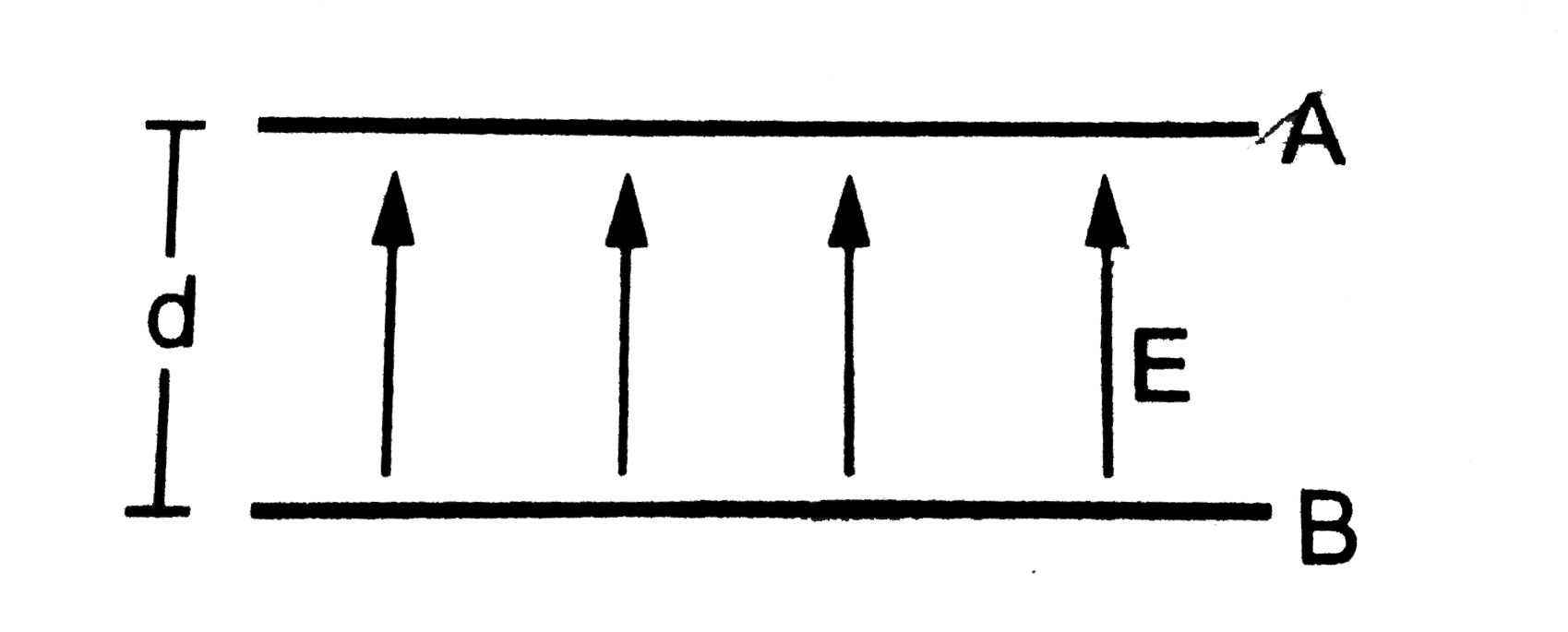 View Solution
View SolutionFour metallic plates are placed as shown in the figure .Plate 2 is given a cgharge Q whereas all other plates are uncharged . Plates 1 and are joined together . The area of each plate is same .
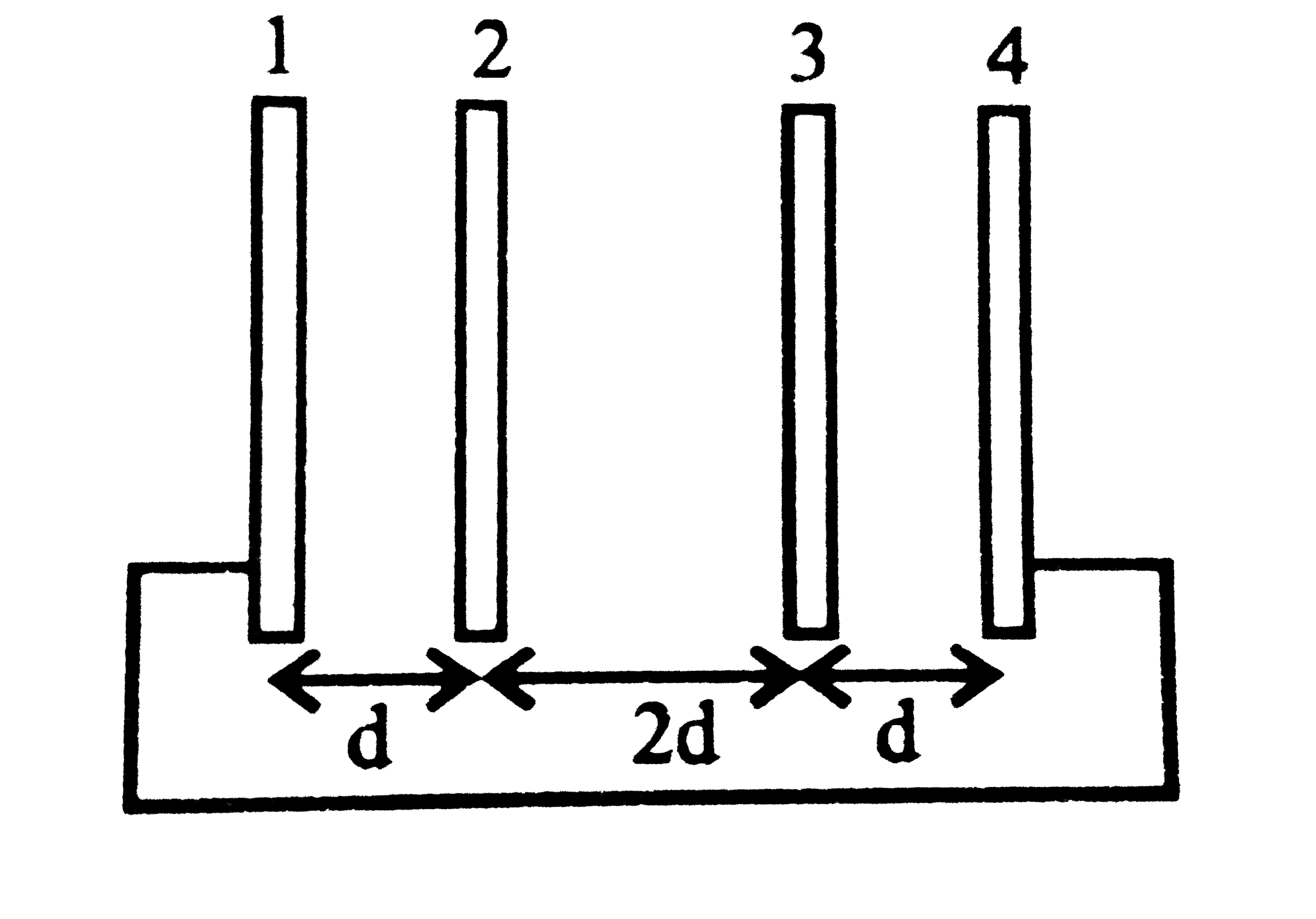 .
.
The potential difference beetween plates 1 and 2 is -View SolutionAn isolated charged capacitor with vacuum between its plates is dipped into an oil tank. If the oil is pumped out, the electric field between the plates of capacitor will
View SolutionIn a parallel plate capacitor of capacitor 1μF two plates are given charges 2μC and 4μC the potential difference between the plates of the capacitor is
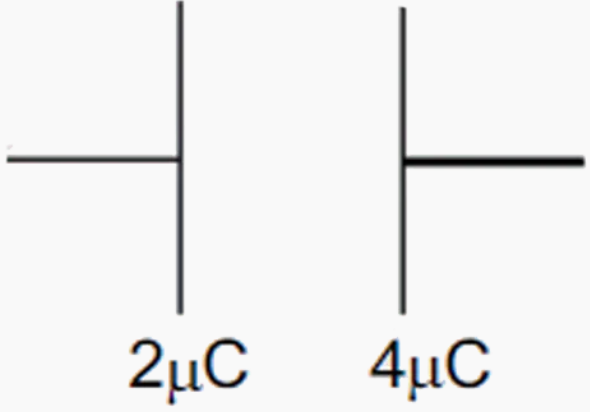 View Solution
View Solution

